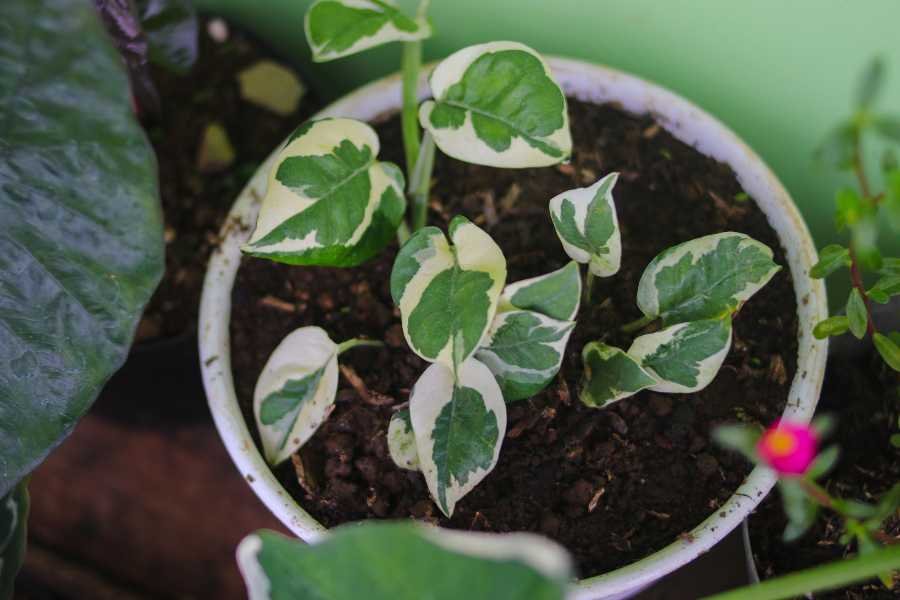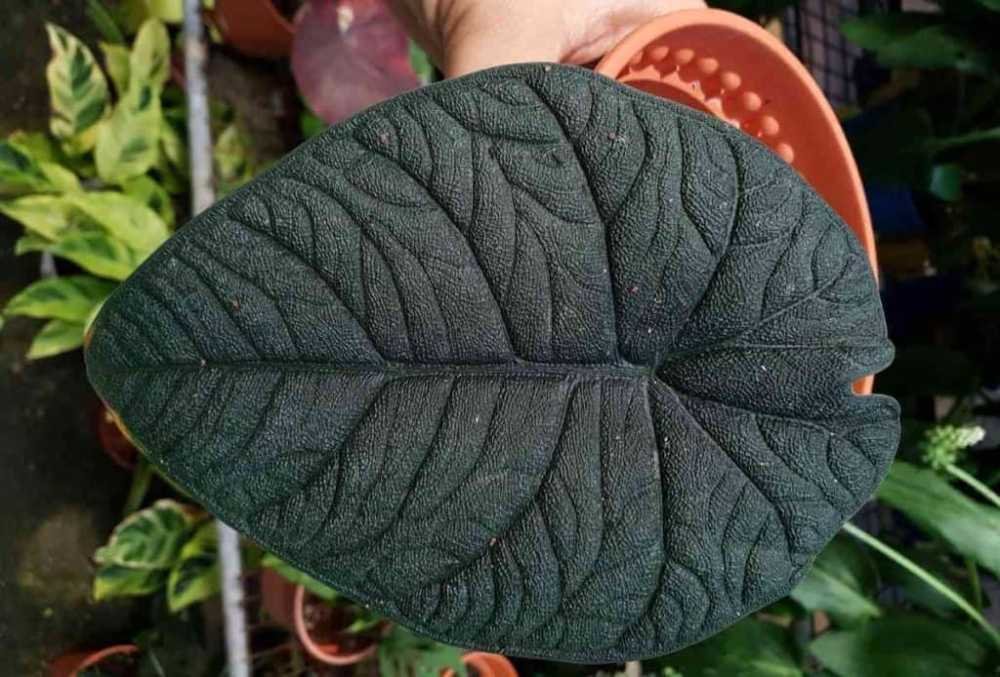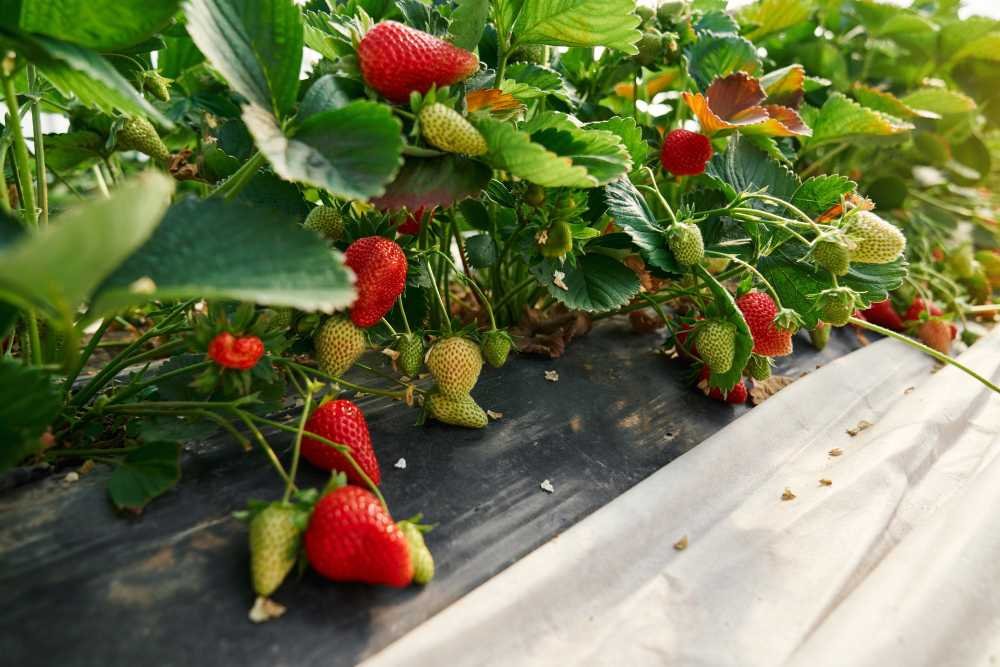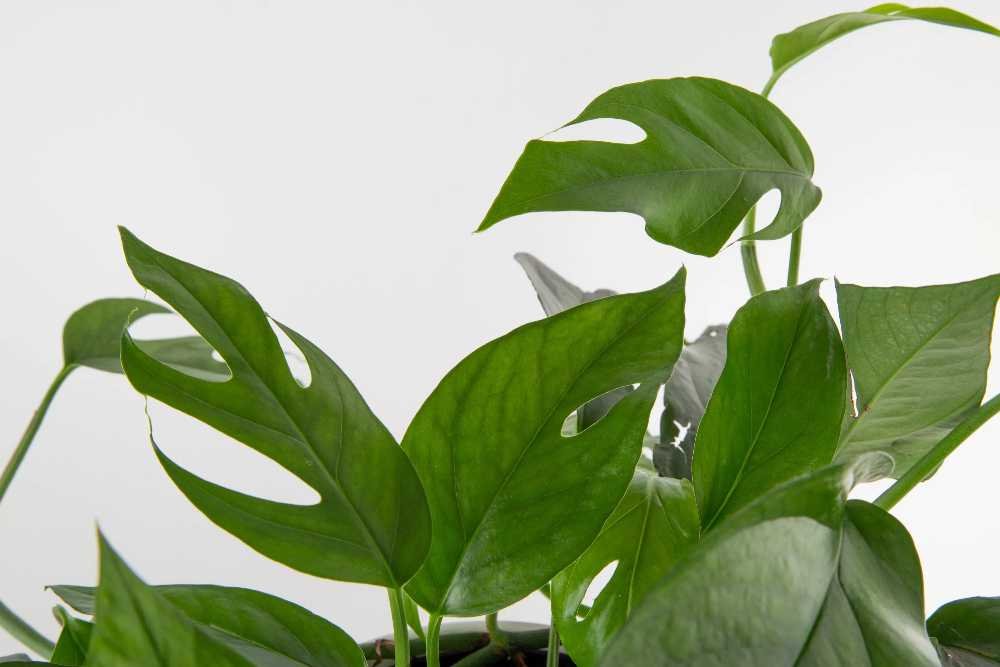Cupid Peperomia is a popular indoor plant, thanks to its low-maintenance, beauty, and the fact that it’s not toxic to pets and humans. While its origins are in the rainforests, this beautiful variegated plant has adapted to life indoors. This guide has all you need to know about growing Cupid Peperomia as your ultimate indoor plant.
What is Cupid Peperomia?
Cupid Peperomia, also known as False Philodendron or Radiator plant, is a trailing indoor plant. Scientifically, the plant goes by the name Peperomia scandens (variegeta) and falls in the Piperacea family. Cupid Peperomia is native to Central America, including Mexico, the Caribbean, and tropical South America. However, you can find it in other climates as well.
In its natural habitat, Cupid Peperomia grows on any surface and clings to other plants, rocks, or structures.
While it is not a succulent, the appearance of Cupid Peperomia is that of one. The plant’s variegated and fleshy leaves measure about 2 inches long. They are also green with cream-colored edges and have the shape of the heart. The distinct heart shape of the leaves gives the plant the name” Cupid Peperomia” since they look like Cupid’s arrow.
Cupid Peperomia rarely flowers indoors. When it does, its flowers are indistinct and scentless. They develop as light-green spikes that look like long tails during spring. It is advisable to snip the flowers off to preserve your plant’s energy.
Cupid Peperomia can grow as tall as 8 inches with a spread of 6 inches indoors. This makes it an ideal choice for plant lovers with limited space.
How to Care for Cupid Peperomia
Caring and mainlining Cupid Peperomia is an undemanding task. You can be sure of a healthy plant as long as you provide the right environment for it to grow. Below are the ideal growing conditions for the best results.
1. Lighting
Grow your Cupid Peperomia in bright, diffused sunlight. When exposed to too much light, the plant’s leaves will turn yellow, and the edges will go from cream to brown. They will also lose their variegation.
For spaces with inadequate light, 8-10 hours of artificial light will work just fine. Insufficient sunlight stunts the plant’s growth, causes the leaves to droop and wilt, makes it lose color, and affects its overall health.
Place your plant 3 feet away from an Eastern-facing window, although western or south-facing windows are also okay. You can use blinds to block direct sunlight.
2. Temperatures
Temperatures between 600F and 800F are the best for Cupid Peperomia. Luckily, most indoor spaces can comfortably meet this requirement without extra help.
Ensure the temperatures do not drop below 500F (100C) to prevent your plant from freezing to death. Similarly, temperatures above 800F may lead to excessive water loss, foliage discoloration, and stunted growth.
3. Humidity Requirements
Although the humidity requirement for Cupid Peperomia is 60%, 40% is still okay. However, if the humidity drops, you can mist the leaves using distilled water to maintain optimal humidity or use an electric humidifier.
Other options to replenish your plant’s humidity levels include grouping it with other tropical plants and using a pebble tray. Note that too much moisture puts the plant at risk of fungal growth, diseases, and rotting.
4. Soil Type and PH
The best soil for growing Cupid Peperomia is light and well-drained. It should also be slightly acidic or neutral, with 6-7 PH. The soil should also be rich in nutrients from organic matter, be well aerated, and have low compaction.
Porous soil is ideal as it prevents water clogging, while low compaction qualities protect the roots from choking. To make your own soil mix, use equal portions of peat moss and perlite.
5. Watering
Cupid Peperomia stores water in its leaves and stems, meaning it doesn’t have demanding watering requirements.
Follow the below guidelines to keep your plant hydrated:
- Always wait until the top inch of the soil is dry before watering your plant. You can check the soil moisture by sticking an inch or two of your fingers into the soil. A dry finger means it’s watering time.
- Ensure water reaches the plant’s roots.
- Don’t leave your plant in stagnant water. Allow excess water to drain away to prevent root rot.
- Avoid overwatering or underwatering. Too much water rots the roots, while too little causes dehydration.
- Tailor your plants watering frequency according to environmental factors. For example, warmer months may require you to water more often than colder months.
6. Fertilizer Needs
While fertilizer is unnecessary when growing Cupid Peperomia, a balanced general fertilizer is still beneficial for healthy foliage. You can use a liquid formulation or add slow-release granules to the soils a few times annually. If you use a liquid formulation, do so after watering to achieve maximum absorption.
The following tips will help you meet your plant’s fertilizer needs adequately:
- Use a balanced, water-soluble fertilizer with an equal NPK ratio, like a 10:10:10 formulation.
- Cupid Peperomia is sensitive to concentrated fertilizers due to its small size. Therefore, dilute the fertilizer to half the strength before applying it.
- Apply fertilizer once a month during spring and summer, the plant’s growing seasons. Avoid fertilizing during the dormant phase, which occurs during fall and winter.
- Follow all the guidelines on the fertilizer package.
- Don’t use too much fertilizer as it can lead to salt build-up, which burns the plant’s roots.
- Occasionally flush the soil by watering the plant thoroughly until water drains through the drainage holes. Doing so prevents and eliminates any salt build-up that may jeopardize your plant’s growth.
7. Pruning
Pruning your plant allows you to control its shape and removes dead foliage. To get a bushier plant, prune above the nodes. New vines form from the nodes, and cutting above them encourages new growth.
The best time to prune Cupid Peperomia is early spring, just as it is coming out of the dormant stage. However, you can do so any time when you notice yellow or dead leaves or excessively thin and long stems. Since it is a slow grower, you won’t have to prune it often.
8. Potting and Repotting
Since Cupid Peperomia has a shallow root system, it can grow and flourish in tight spaces. The best pot size is about 4 inches, although you can always add two inches to the size of the root ball. You can repot your plant after 3-5 years, depending on when it outgrows its original pot.
When choosing a pot for Cupid Peperomia, go for one that is breathable, can drain water, has enough drainage holes, and can maintain the soil’s temperature. Clay and terracotta pots are especially ideal as they meet all the qualities.
How to Propagate Cupid Peperomia
When you want to multiply Cupid Peperomia, you can propagate it using two methods. First, you can do so by air layering. This is where you lay the stem on the soil until new roots form before cutting it away from the original plant and transplanting it.
You can also propagate Cupid Peperomia using stem cuttings. Simply cut a healthy stem with at least two leaves and place it in soil or room temperature water until roots start developing. Using stem cuttings gives you a genetically similar plant to the original one.
Ensure you use a sterile scissor or knife to obtain the stem or leaf. When using water for propagation, change the water regularly to avoid bacteria or fungal infections. Also, ensure that at least one node is underwater and the leaves are above the water.
The roots will start developing after 4-6 weeks. You can dip the cutting into a rooting hormone before placing it in soil or water to fasten the process.
Common Problems with Cupid Peperomia
Most problems affecting Cupid Peperomia come from improper growing conditions. Look out for the following issues to maintain your plant’s health.
Pests
Cupid Peperomia is not completely immune to pests. Aphids, spider mites, fungus gnats, and mealy bugs are some of the common pests that may plague your indoor plant. Watch out for infestation signs such as webbing on the leaves’ underside, sticky webs, tinny cotton-like puffs, and tiny flies on top of the soil.
Using insecticidal soap is a simple and effective way to address the plant’s pest problem.
Diseases
Most Cupid Peperomia diseases result from overwatering, which encourages fungi and bacteria. Pythium root rot is a common culprit that causes the plant to wilt and have drooping leaves. You may also notice stunted growth, leaves falling off or losing color, and a rotten smell.
If you notice the above signs, uproot the affected plant and check the roots. If the roots are black, mushy, and soft, remove the affected plant and disinfect the pot. Let the roots dry before repotting the cut-away sections. For severe cases, you may have to toss the whole plant away.
To prevent the disease, limit your watering. Also, do not keep your healthy and infected plants together, and apply a fungicide at least once a year.
Yellow Leaves
Various reasons can cause the leaves on Cupid Peperomia to turn yellow. These include excess light, transplant shock, and overwatering (when the leaves turn yellow while curling).
The first step to remedy yellowing leaves is changing the plant’s environment. Move your plant to a shadier location to protect it from high-intensity light. If the yellowness is accompanied by thin stems (a sign of inadequate light) transfer it to a brighter spot.
If the reason is overwatering, reducing your watering frequency can restore the plant’s pigment.
Using Cupid Peperomia in Home Decor
Cupid Peperomia is a beautiful plant that can transform the look of any space. The cascading foliage makes it a great testament piece in any room, be it your home office or living room. Below are a few tips to incorporate Cupid Peperomia into your home décor.
(i) Group It with Other Plants
If you have other plants in your home, Cupid Peperomia can be part of your collection. Group the plant with the rest and create a nice plant arrangement depending on your preference.
(ii) Hanging Display
One of the best ways to decorate your home with Cupid Peperomia is by using it as a hanging display. The key is to let the cascading foliage and vines make a statement. This transforms any space with charm and gives it a chic feeling.
You can place your indoor plant in a hanging basket, on a high shelf, or mounted planter and let the stems trail downwards.
(iii) Create an Indoor Garden
Create an indoor garden by putting your Cupid Peperomia in a glass terrarium with other small plants. Besides creating a point of interest in your home, the enclosed glass preserves moisture and maintains the right humidity levels. Throw in a few rocks, colored glass, sand, and decorative pebbles to make it even more eye-catchy.
Cupid Peperomia: Your Ideal Indoor Plant!
Cupid Peperomia is the best plant to grow in your home, regardless of your gardening experience. It takes up little space, is also low-maintenance, non-toxic, and gives your home a touch of natural sophistication. With this guide, you can confidently grow and take care of Cupid Peperomia and transform your indoor space!




